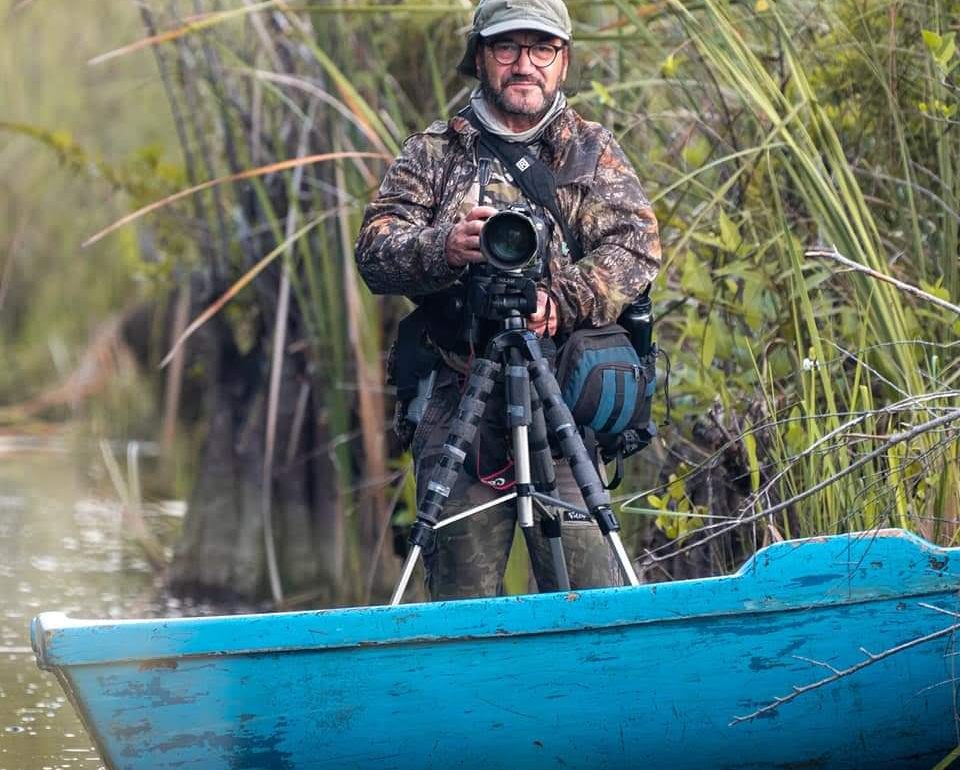
What is your favorite bird species?
My favorite species is Zapata Wren.
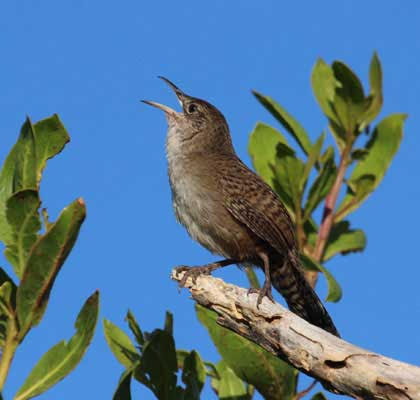
What is your name, and where do you live?
My name is Orestes Martinez (“Chino Zapata”). I live in the Zapata swamp in Cuba, and I have Spanish nationality.
Bee Hummingbird
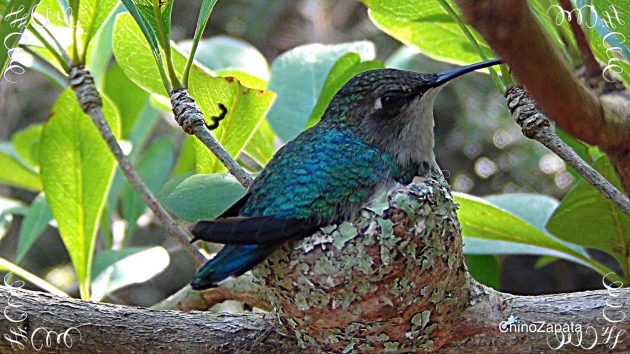
What are the main regions or locations you cover as a bird guide?
I cover the 5 best regions of Cuba where you can see all the endemic birds. These regions are Soroa, Viñales, Zapata National Park, Trinidad, Cayo Coco, and others.
Cuban Grassquit
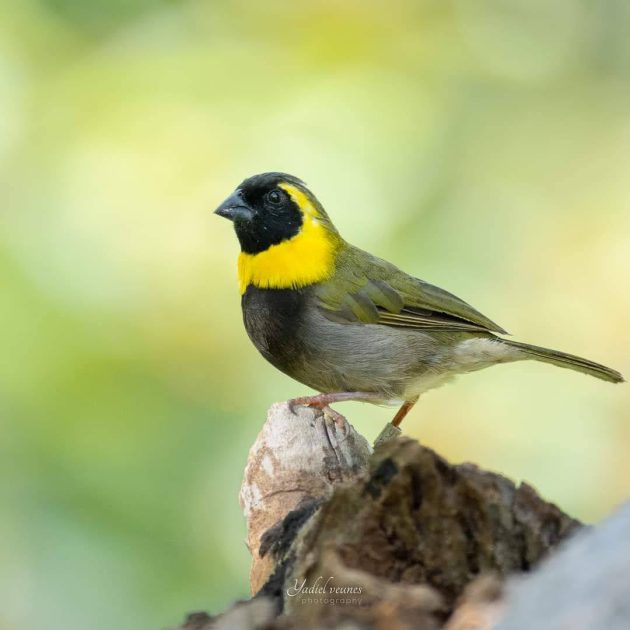
How long have you been a bird guide?
I’ve been a bird guide for over 50 years. I started when I was just 13 years old.
Cuban Green Woodpecker
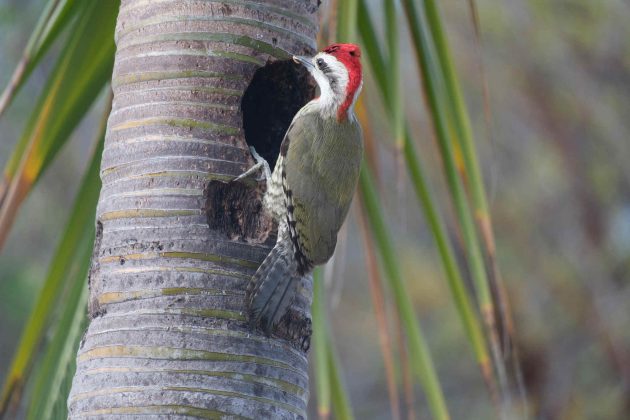
How did you get into bird guiding?
Three ornithologists visited me and asked me to go with them to look for Zapata wrens. From them, I learned about the world of birds and the importance of protecting and loving them.
Cuban Pygmy Owl
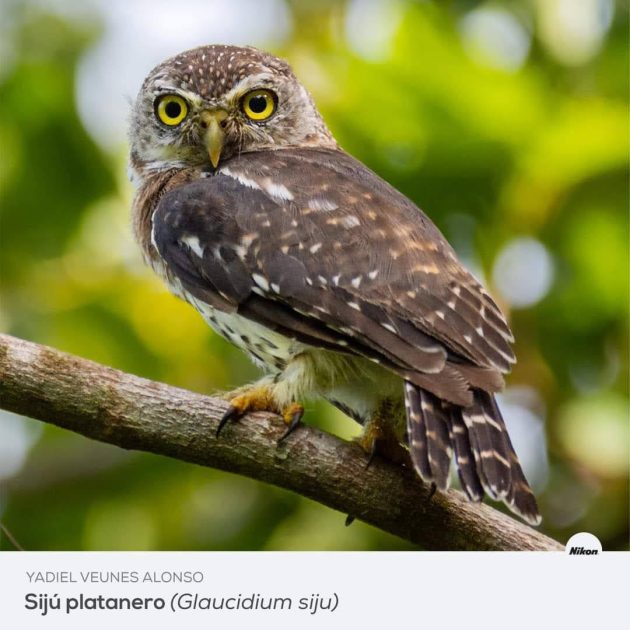
What are the aspects of being a bird guide that you like best? Which aspects do you dislike most?
The aspects I like most are the professionalism my clients display, and what I dislike most is when a client is disrespectful and doesn’t appreciate the efforts I put into offering my services by showing them our birds.
Oriente Warbler
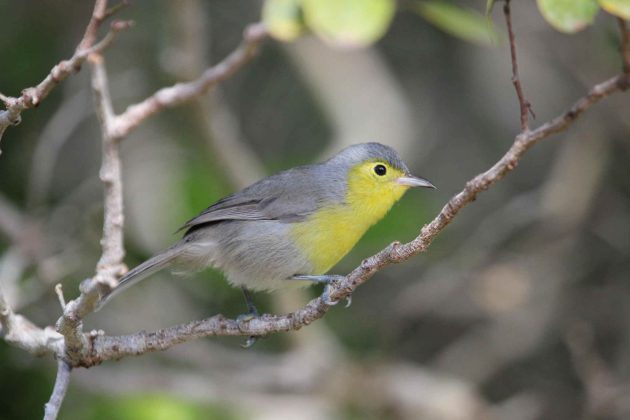
What are the top 5-10 birds in your region that are the most interesting for visiting birders?
The most charismatic birds in my region, in order of priority requested by customers, are
- Zapata Wren
- Bee Hummingbird
- Fernandinas Flicker
- Cuban Trogon
- Cuban Tody
- Cuban Pigmy Owl
- Cuban Green Woodpecker
Cuban Trogon
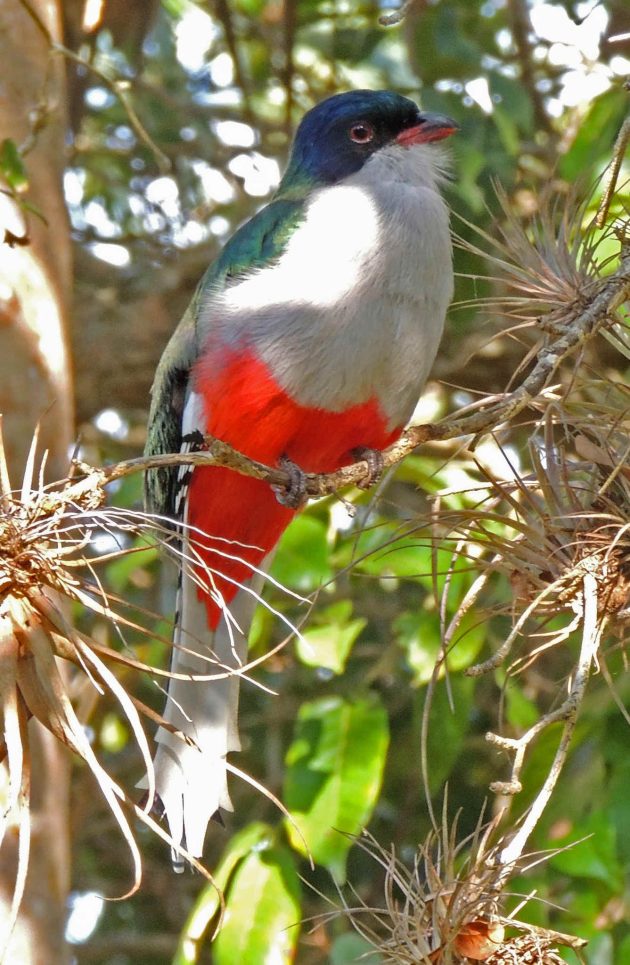
Can you outline at least one typical birdwatching trip in your area? Please briefly describe the locations, the key birds, and the approximate duration of such a trip
My tours are 8 and 10 days long. During this time, we travel for about 3000 km, starting in Havana, Soroa, Viñales, Trinidad, and the Zapata region, and finally in Cayo Coco, where you can see more than 150 different species of birds, and photograph most of them.
Itinerary
Days 1–3: Viñales, Soroa & Las Terrazas Area
Early morning: We will drive to Soroa, where the main attraction is the Orquideario, an orchid garden declared a national monument. It holds one of the largest collections of orchids in the world.
In this area, you may see many endemic birds, including:
- Fernandina’s Flicker
- Antillean Palm-Swift
- Bare-legged Owl
- Stygian Owl
Later, we’ll visit Maravillas de Soroa, a beautiful trail with many birding opportunities. Species include:
- Cuban Trogon (Cuba’s national bird)
- Cuban Grassquit
- Cuban Pygmy Owl
- Cuban Tody
- Black-throated Blue Warbler
- Red-legged Honeycreeper
- Indigo Bunting
- Stripe-headed Tanager
- White-eyed Vireo
- Key West Quail-Dove
- Zenaida Dove
- Cuban Vireo
Meals: Breakfast, dinner
Overnight: Casa Particular
Day 3: La Güira National Park
7:00 AM: Transfer to La Güira National Park. Likely bird species include:
- Great Lizard-Cuckoo
- Cuban Trogon
- West Indian Woodpecker
- Giant Kingbird
- Cuban Grassquit
- Olive-capped Warbler
- Cape May Warbler
We’ll also visit Cueva de los Portales, a limestone cave and national monument that was Che Guevara’s headquarters during the Cuban Missile Crisis. Around the cave, listen for the Cuban Solitaire.
Meals: Breakfast, dinner
Overnight: Casa Particular (Soroa)
Later, we explore Maravillas de Viñales, where we may see:
- Gundlach’s Hawk
- Cuban Bullfinch
- Greater Antillean Oriole
- Yellow-headed Warbler
- Cork Palm (a living fossil)
Days 4–6: Zapata Area
7:00 AM: Transfer to Zapata National Park (approx. 4 hours).
The Zapata Swamp is a UNESCO Biosphere Reserve and Ramsar Site, and is Cuba’s largest wetland.
Afternoon birding (Bermejas and Soplillar areas):
- Zapata Sparrow
- Zapata Wren
- Cuban Emerald
- Bee Hummingbird
- Cuban Trogon
- Cuban Tody
Accommodation: Ciénaga de Zapata
Ondones Reserve: We’ll explore a road through savannahs, mangroves, and forests in the Fauna Reserve. This salt marsh is vital for migratory birds.
Likely species:
- Egrets
- Whistling Ducks
- Shorebirds
- Cuban Black Hawk
- Clapper Rail
- Osprey
In the Palpite zone:
- Blue-headed Quail-Dove
- Key West Quail-Dove
- Cuban Parrot
- Great Lizard-Cuckoo
- Smooth-billed Ani
- Bare-legged Owl
- Cuban Pygmy Owl
- Cuban Emerald
- Bee Hummingbird
- Cuban Crow
Evening: Night walk to search for owls and nightjars
Meals: Breakfast, dinner
Overnight: Casa Particular
Days 7–8: Trinidad and Cienfuegos
Morning: Drive to Trinidad (approx. 3 hrs). Visit El Cubano National Park near the Guaurabo River and Trinidad’s UNESCO-listed historic center.
Likely birds in El Cubano:
- Cuban Trogon
- Red-legged Thrush
- Cuban Bullfinch
- Yellow-faced Grassquit
- Cuban Pygmy Owl
- Cuban Green Woodpecker
Visit Casilda Swamp at the coast in the evening:
- Cuban Gnatcatcher
- Sanderling
- Various sandpipers
- Palm Crow
- Giant Kingbird
Meals: Breakfast, dinner
Overnight: Casa Particular
Day 9: Cayo Coco & Cayo Guillermo (Birds & Beach)
Morning: Drive to Cayo Coco, with stops en route.
Accommodation: All-inclusive beach hotel
Late afternoon birding:
- Zapata Sparrow
- Piping Plover
- Black-bellied Plover
- West Indian Whistling-Duck
- Sanderling
- Bahama Mockingbird
- Cuban Black Hawk
- Various shorebirds
Day 10: Return to Havana
Early morning: Drive back to Havana. (Accommodation in Havana not included.)
Some roadside birding possible en route.
Cuban Screech Owl
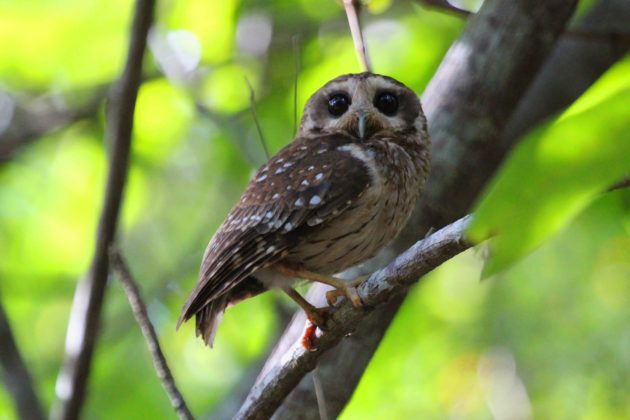
What other suggestions can you give to birders interested in your area?
The best season to visit Cuba is between November and June.
Stygin owl
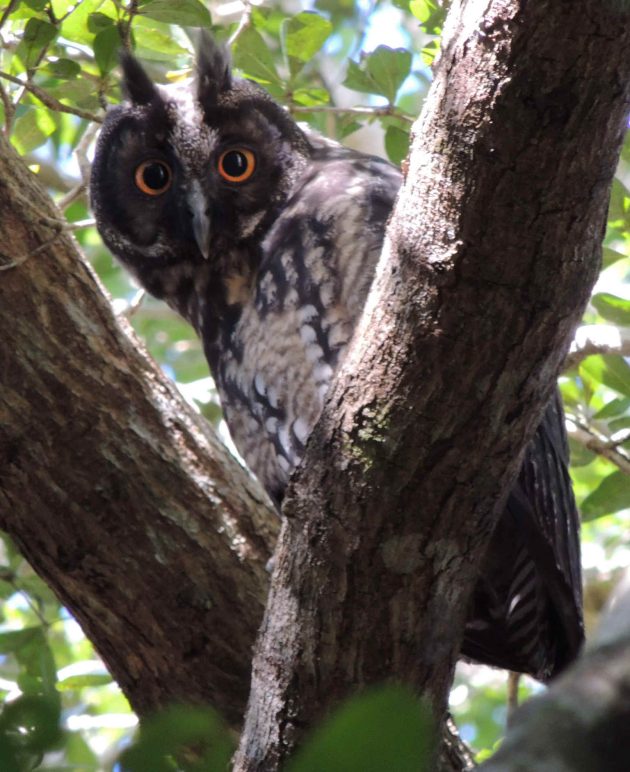
If any readers of 10,000 Birds are interested in birding with you, how can they best contact you?
The best way to contact me is through my email: chino.zapata@gmail.com







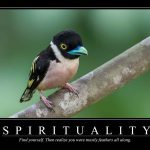
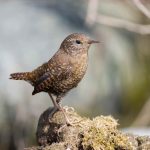
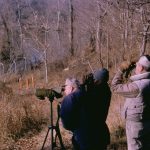

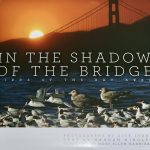
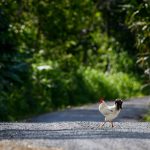
I’ve always been hesitant about visiting Cuba because of the all-inclusive hotel image – but this post shows a completely different side of the island.
I really enjoyed reading this and found myself getting interested in exploring Cuba this way. It sounds cool!
I just texted a friend of mine who is soon departing on another trip. I texted him about this trip for planning his next. This trip, as laid out in this piece, is mouth-watering. I have been to Cuba, in 2006, but would go back again at the drop of a hat. My Cuba trip was my first international birding trip and, to the day, it remains one of my best. Yes, there was an all-inclusive accommodation mentioned in Mr. Martinez’s Q&A, but I wonder if it was not of a high-rise type. In my 2006 trip we stayed at Playa Larga (low-rise cottages) on the Bay of Pigs. While swimming I looked back at the beach – no high-rises, condos, cell phone towers, etc. Astonishing. Of course, it may be different now. This is near Cienaga de Zapata National Park. If anyone plans to go and wants to get a group together, please let readers of 10,000 Birds know. You may find some interest here.